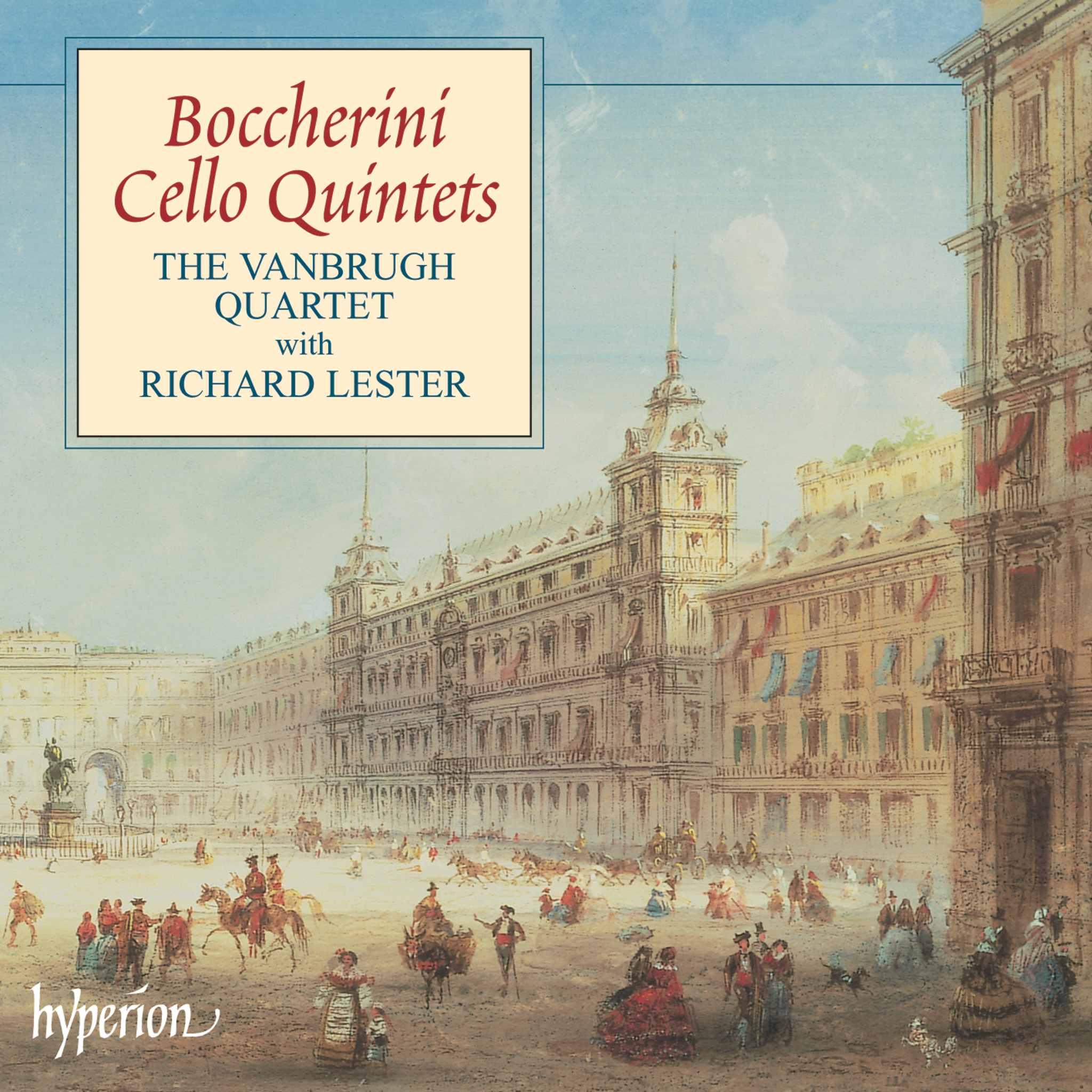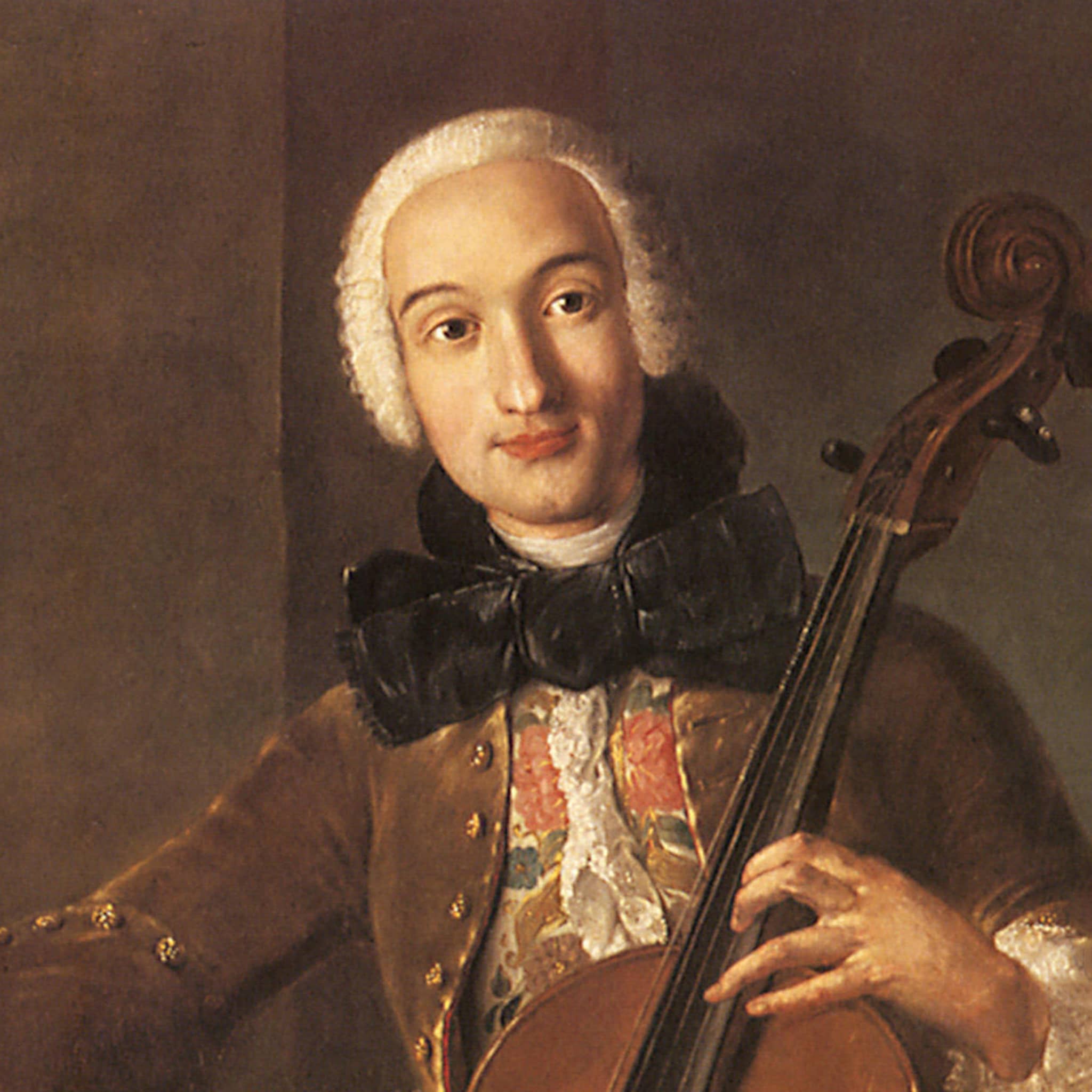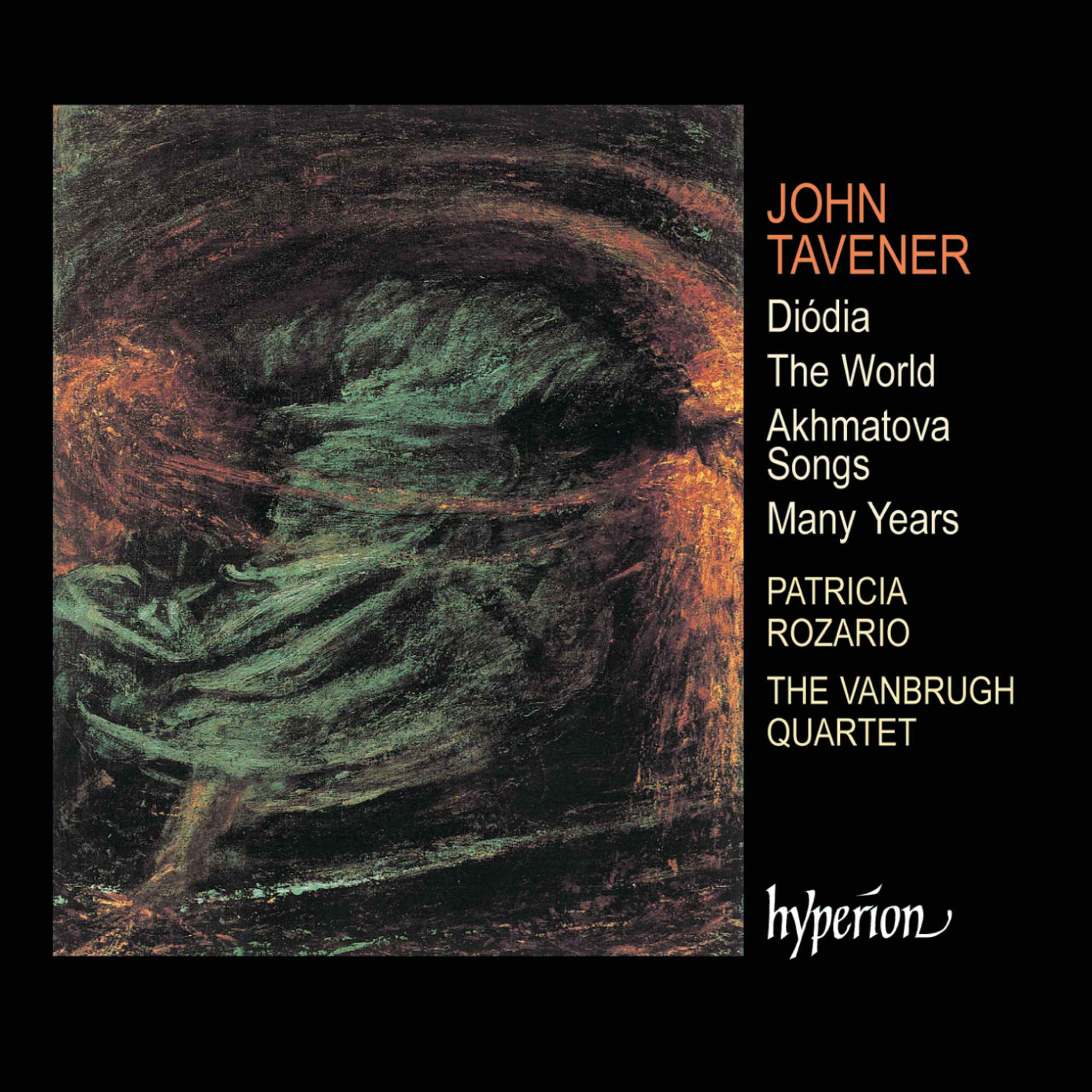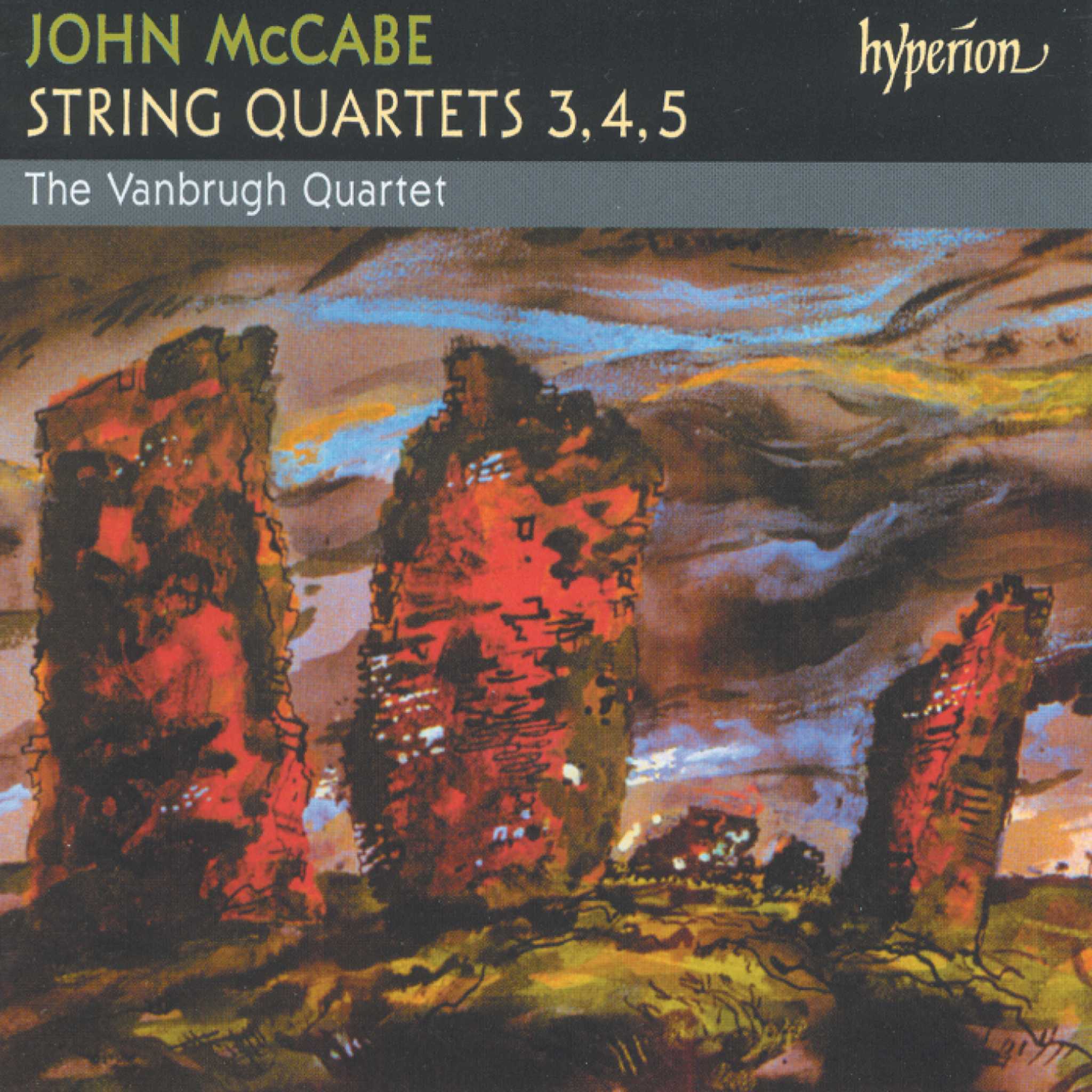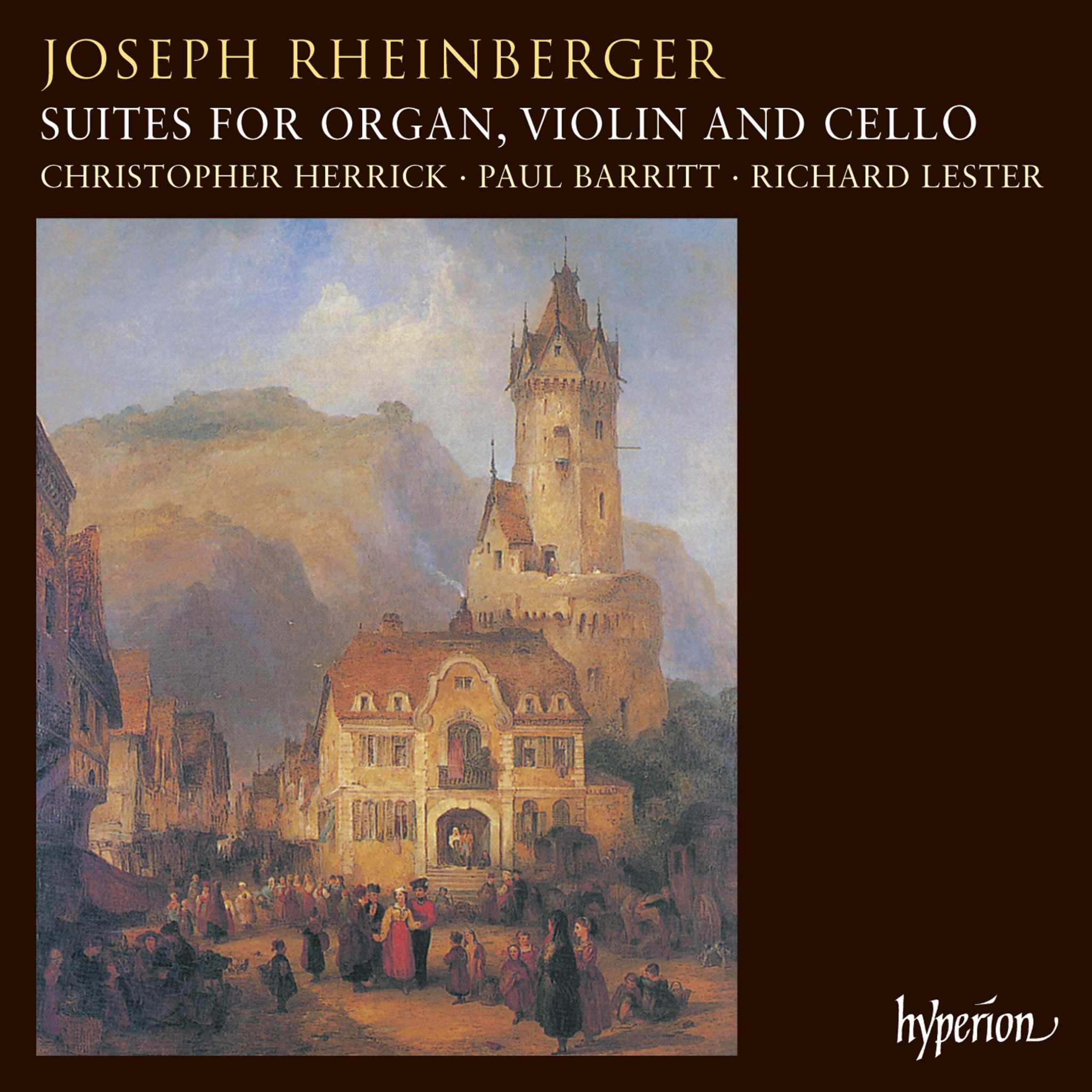Album insights
Over the past forty years, Vivaldi's music has gained immense popularity. Recordings of "The Four Seasons" are now more numerous and commercially successful than the most overplayed pieces of the romantic orchestral repertoire. However, the revival of Vivaldi's works has largely occurred in isolation, without sparking a general resurgence in interest in his significant Italian contemporaries like Durante, Astorga, and Galuppi, who remain overlooked. Although it's delightful to see a Baroque composer's works on American pop music charts, understanding Vivaldi's music remains challenging due to the lack of context. His career as a teacher at a Venetian Ospedale and his connections to Northern Europe led to a body of instrumental music uncommon for an Italian composer of that era. Vivaldi's compositions for instruments like chalumeau, clarinet, bassoon, horn, and viola d'amore stand out, yet their origins remain largely shrouded in mystery.
Beginning with the most recent point: Vivaldi wrote four pieces for the lute, all in a similar style with a single melody line notated in the treble clef. This style aligns more with mandolin or violin music rather than the polyphonic lute music of Northern European Baroque. While these parts are typically played today on Renaissance lutes similar to guitars, using the assumption that the treble clef should be read an octave lower like in modern guitar music, this approach lacks historical evidence from Vivaldi's time. The presence of passages in three of Vivaldi's lute works where the lute doubles the violins rather than the bass makes it unlikely that they were intended for long-necked lutes.
An exception seems to be the double concerto in D minor for viola d'amore and lute. Written for a concert in March 1740 honoring the visiting Saxon Elector Friedrich Christian at Vivaldi's Ospedale della Pietà, this work features a notably gallant style, suggesting a later composition date. The original manuscript, now in Dresden, instructs the lutenist to reinforce the bass in tutti sections, indicating a lower-octave movement for the instrument. It may have been performed by a German lutenist accompanying the Elector, as the piece sounds best with the lute beneath the viola d'amore, especially in the slow movement.
One aspect worth noting in this performance is the use of an organ for the basso continuo instead of the more common harpsichord. Organs appear more frequently in Vivaldi's instrumental music than previously believed, as evidenced by a recently discovered sonata. While harpsichords can sound harsh when accompanying lute music, organs and lutes have been longstanding companions as bass instruments since Monteverdi's time.
Vivaldi's music, filled with delightful wit and deep pathos, speaks for itself. There's no need for elaborate introductions or defenses against claims of repetitive composition. While Vivaldi's music may seem relatively straightforward compared to his Northern European counterparts, it embodies a simplicity with vibrant and varied contrasts typical of Venetian art, akin to Goldoni's Commedia dell'Arte plays or Longhi's lively genre paintings.

